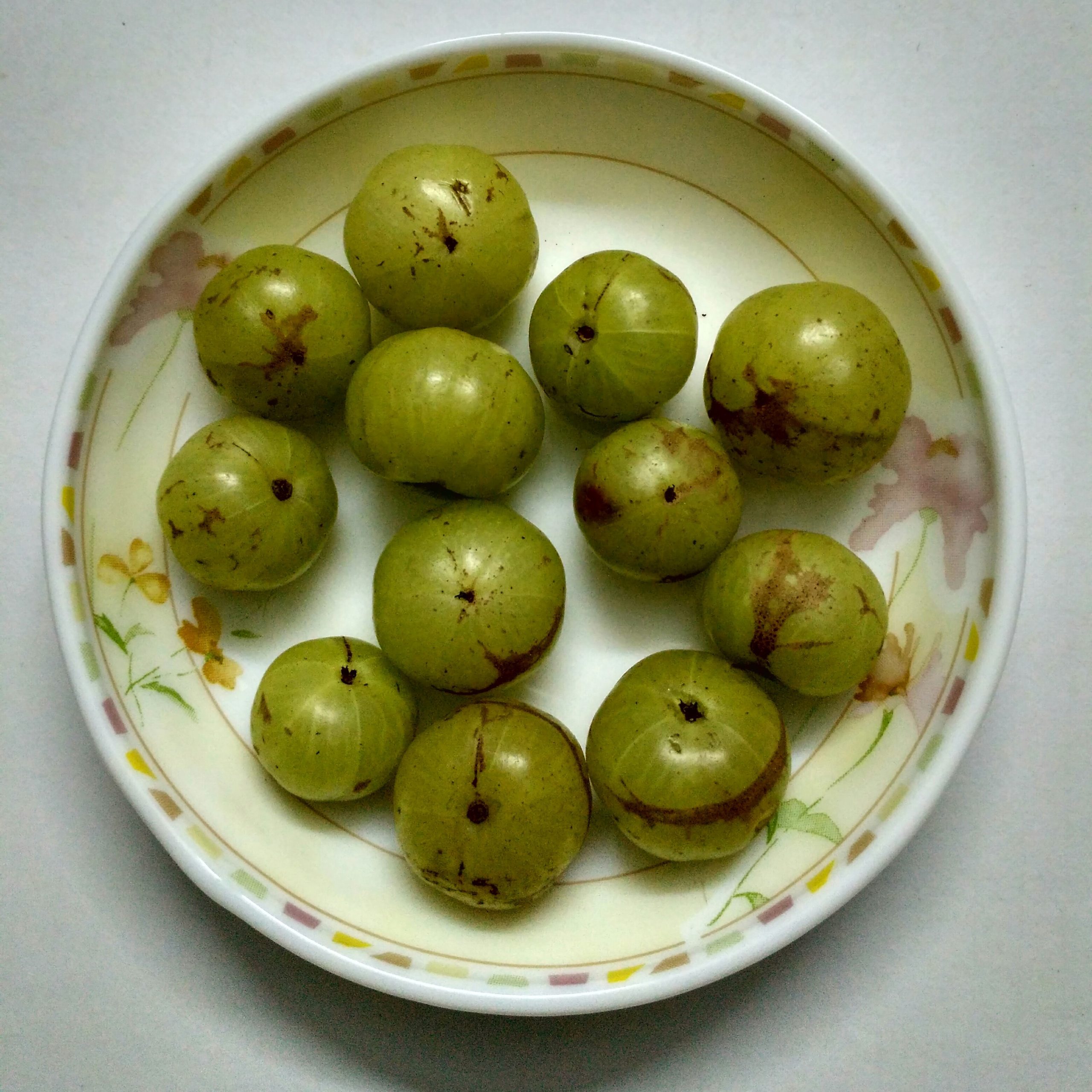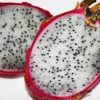
Firstly, introducing Auscrops, a wonderful market vending company bridging farmers and customers together through market vendors. Click here to find out more about amla as well fruit and vegetable offers.
Amla – All to Know
Amla, also known as Indian gooseberry, is a nutrient-rich fruit that has been used in Indian Ayurvedic medicine for centuries. This exotic and unusual fruit may not be widely popular, but it’s definitely a superfood that you should consider adding to your diet. Here’s what you need to know and how you can incorporate it into your diet.
Nutrition Facts
An excellent source of vitamin C and antioxidants, which help protect the body against cell damage caused by free radicals. It also contains other essential vitamins and minerals such as vitamin B6, iron, calcium, magnesium, phosphorus, and potassium. In addition to these nutrients, amla is also a good source of dietary fiber and has anti-inflammatory properties.
Health Benefits
The high levels of antioxidants found in amla make it a powerful natural remedy for many health problems such as diabetes, heart disease, cancer prevention, digestion issues, joint pain relief , and much more. Additionally, studies have shown that amla can stimulate hair growth and reduce the signs of aging due to its antioxidant content. It has also been used successfully in treating respiratory illnesses such as bronchitis due to its anti-inflammatory properties.
How To Eat Amla
Eaten fresh or dried in its whole form or as part of various recipes. Dried amla added to smoothies or juices for an extra boost of nutrition. Fresh amla eaten raw or cooked with other foods like vegetables or grains. There are many recipes available online that feature this tasty superfood!
Conclusion:
An incredibly nutritious fruit that packs a punch with its high levels of antioxidants and vitamins & minerals making it beneficial for overall health & wellness!
Click here to read similar articles.
 Français
Français 











